10 Advanced Camera Tips to Enhance Your Photography Skills

Photography is an art form that allows us to capture moments in time and share our experiences with others. Whether you're a professional photographer or just starting out, there are always new things to learn about how to use your camera to its full potential.
1. Learn the basics of exposure
Exposure is one of the most important concepts in photography. It refers to the amount of light that reaches the camera's sensor. If your exposure is too bright, your photos will be overexposed and the details will be washed out. If your exposure is too dark, your photos will be underexposed and the details will be lost in the shadows.
There are three main factors that affect exposure: aperture, shutter speed, and ISO. Aperture is the size of the opening in the lens that allows light to enter the camera. Shutter speed is the amount of time that the shutter remains open. ISO is the sensitivity of the camera's sensor to light.
To properly expose your photos, you need to find the right balance between these three factors. A good starting point is to set your aperture to f/8, your shutter speed to 1/125 second, and your ISO to 100.
2. Use a tripod
A tripod is a great way to stabilize your camera and prevent blur. This is especially important when you're shooting in low light or using a slow shutter speed.
There are many different types of tripods available, so you can choose one that fits your needs and budget. If you're just starting out, a simple tripod will do the trick. As you progress in your photography, you may want to invest in a more advanced tripod with features like a ball head or a center column.
3. Use a remote shutter release
A remote shutter release is a device that allows you to trigger your camera's shutter without touching the camera itself. This is helpful for avoiding camera shake, especially when you're shooting with a long lens.
There are many different types of remote shutter releases available, so you can choose one that's compatible with your camera. Some remote shutter releases are wired, while others are wireless.
4. Shoot in RAW format
RAW format is a file format that captures all of the data from your camera's sensor. This gives you more flexibility when you're editing your photos, because you can make adjustments to the exposure, white balance, and other settings without losing any detail.
JPEG is a more common file format, but it compresses the image data, which can lead to a loss of quality. If you're serious about photography, it's worth it to shoot in RAW format.
5. Use a lens hood
A lens hood is a device that attaches to the front of your lens. It helps to block out stray light, which can cause flare and reduce the contrast in your photos.
Lens hoods are available in a variety of sizes and shapes, so you can choose one that fits your lens. They're a relatively inexpensive way to improve the quality of your photos.
6. Learn to use your camera's manual mode
Most cameras have a variety of shooting modes, including automatic, aperture priority, shutter priority, and manual mode. Manual mode gives you the most control over your camera's settings, which allows you to achieve the results you want.
Learning to use manual mode can be a bit daunting at first, but it's worth the effort. Once you understand how manual mode works, you'll be able to take your photography to the next level.
7. Experiment with different lenses
The lens you use can have a big impact on the look of your photos. Different lenses have different focal lengths, which affects the field of view. They also have different apertures, which affects the depth of field.
If you're just starting out, a good all-purpose lens is a 50mm prime lens. Prime lenses have a fixed focal length, which means they can't zoom. However, they typically have a wider aperture than zoom lenses, which allows you to achieve a shallower depth of field.
As you progress in your photography, you may want to experiment with different lenses to see how they affect your photos.
8. Pay attention to composition
Composition is the arrangement of elements in a photo. It's an important element of photography that can make or break a photo.
There are many different rules of composition, but some of the most common include the rule of thirds, the golden ratio, and leading lines. These rules can help you to create photos that are visually appealing and balanced.
9. Edit your photos
Editing your photos is an important part of the photography process. It allows you to make adjustments to the exposure, white balance, and other settings to improve the look of your photos.
There are many different photo editing software programs available, so you can choose one that fits your needs and budget. Some popular photo editing programs include Adobe Photoshop, Lightroom, and GIMP.
10. Practice, practice, practice
The best way to improve your photography skills is to practice regularly. The more you practice, the more you'll learn about your camera and how to use it to its full potential.
There are many different ways to practice photography. You can take photos of your friends and family, go on photo walks, or join a photography club. The important thing is to keep practicing and learning.
Photography is a rewarding hobby that can be enjoyed by people of all ages. By following these tips, you can improve your photography skills and take your photos to the next level. So get out there and start shooting!
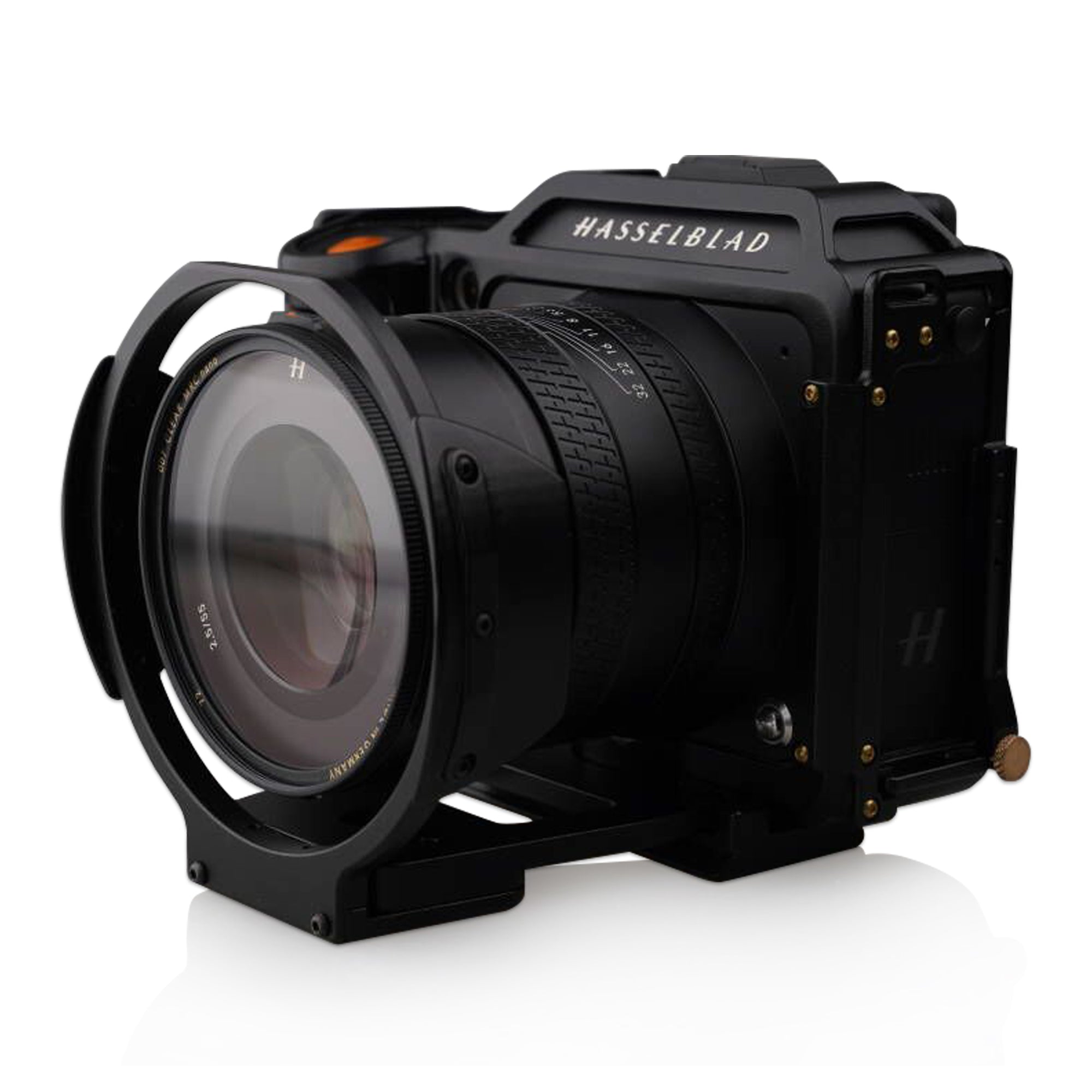


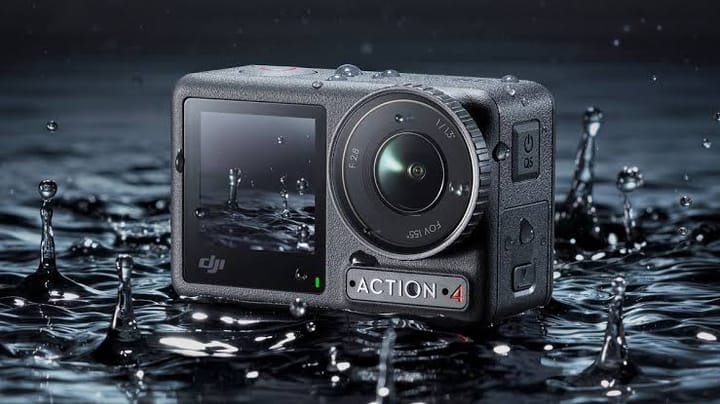

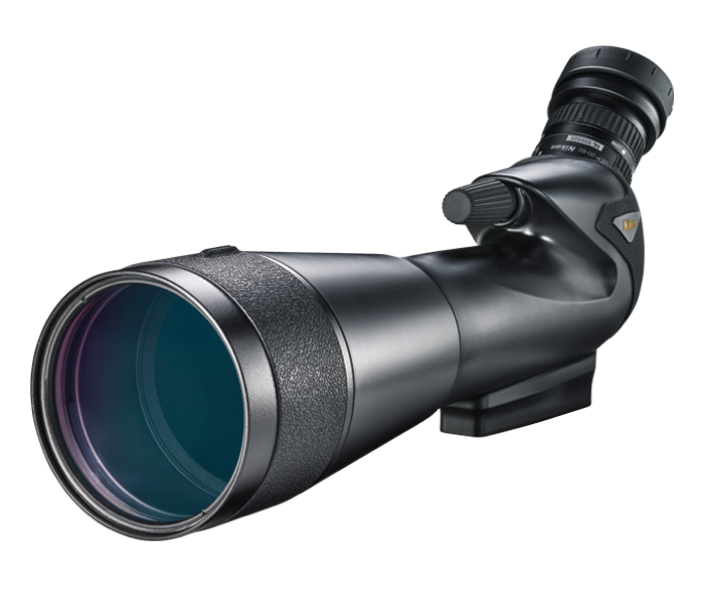




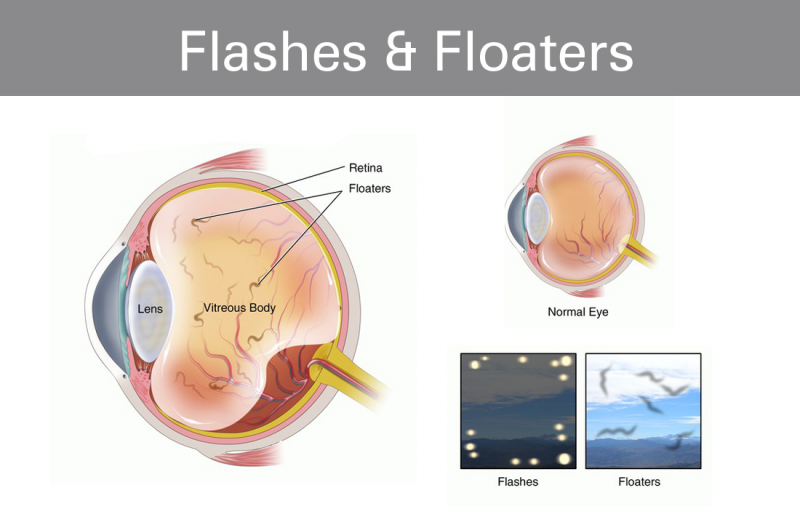


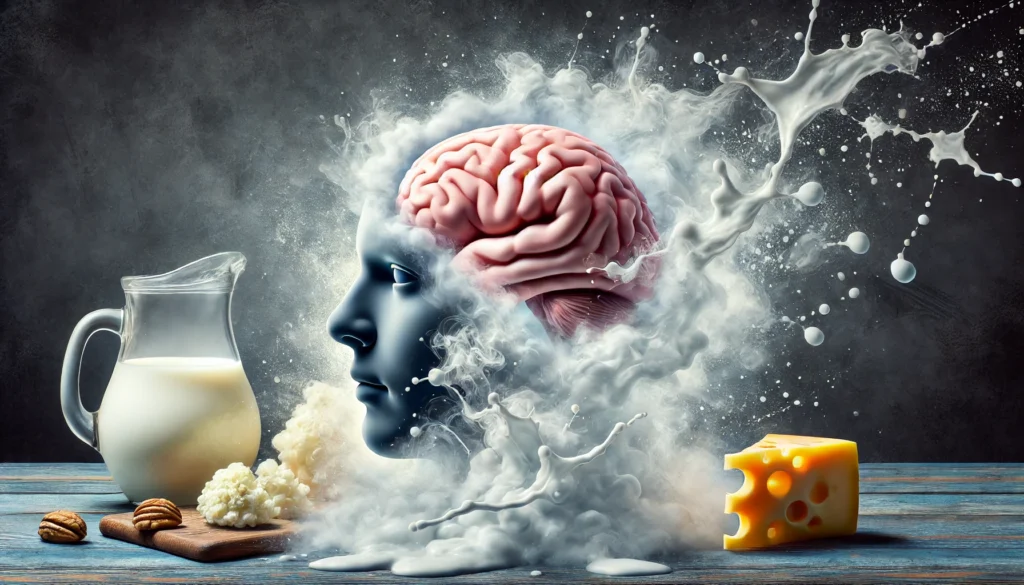
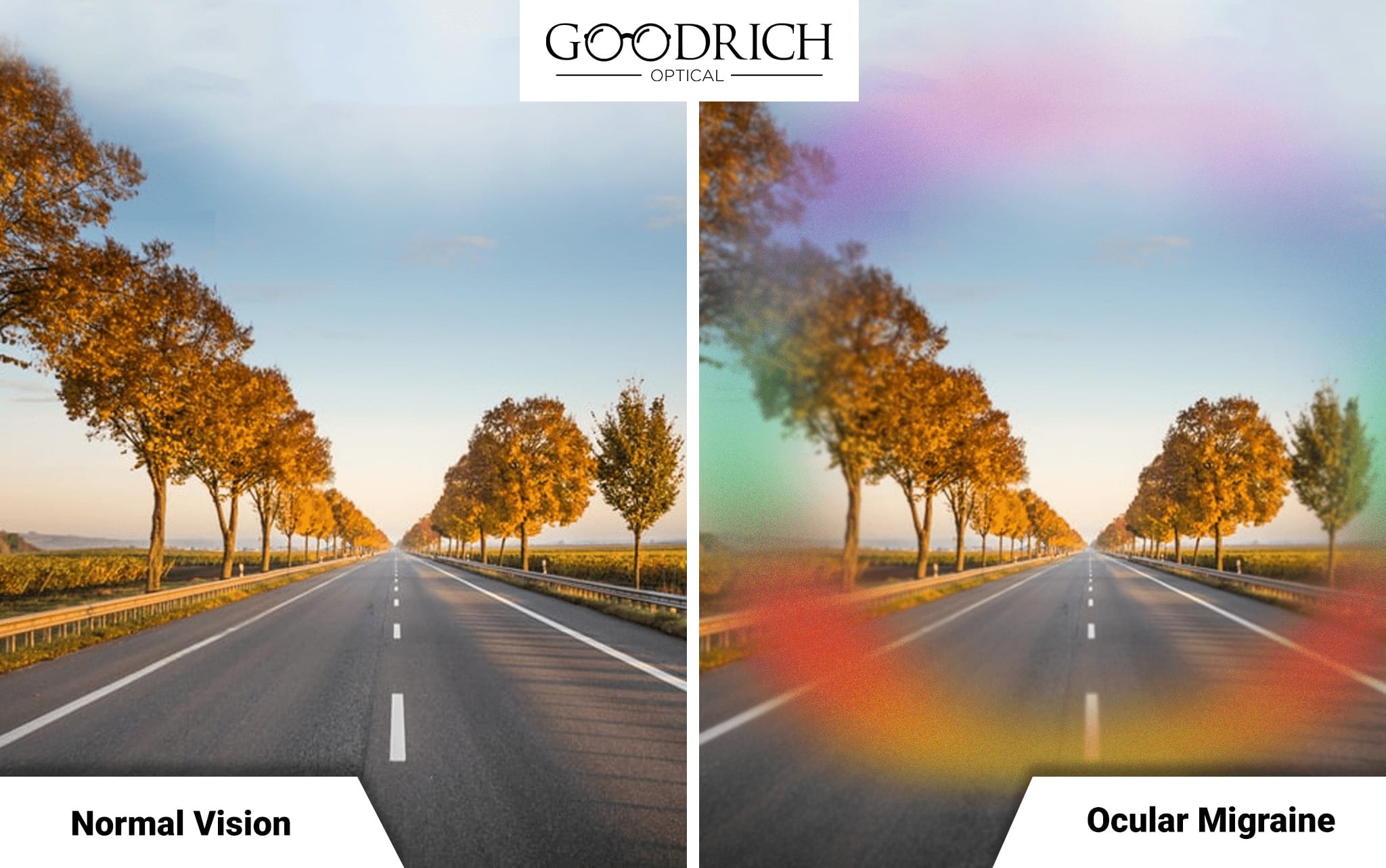


Comments ()